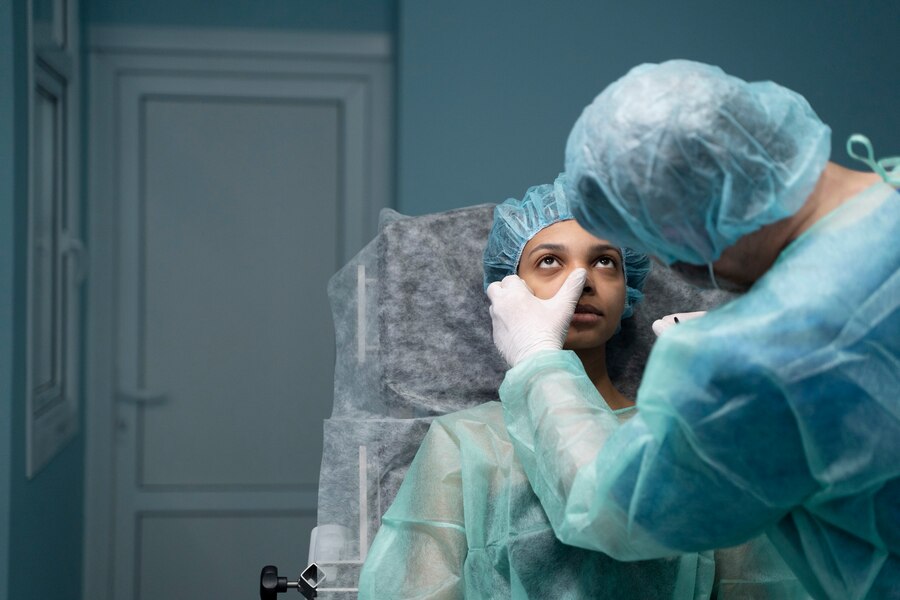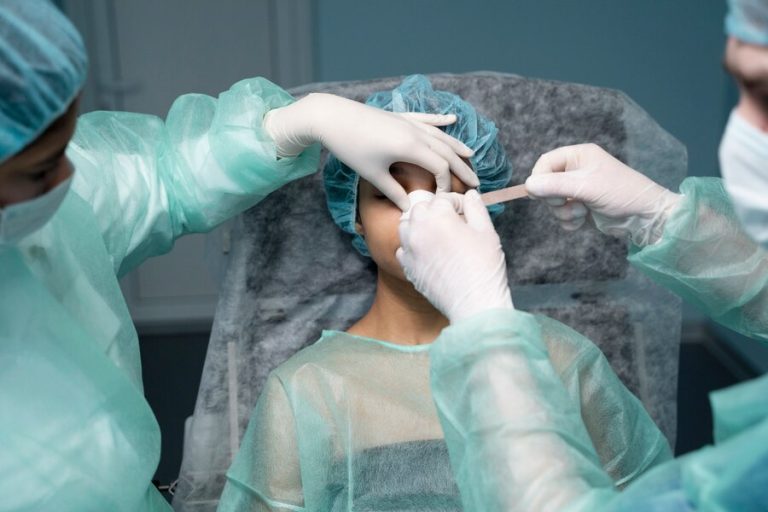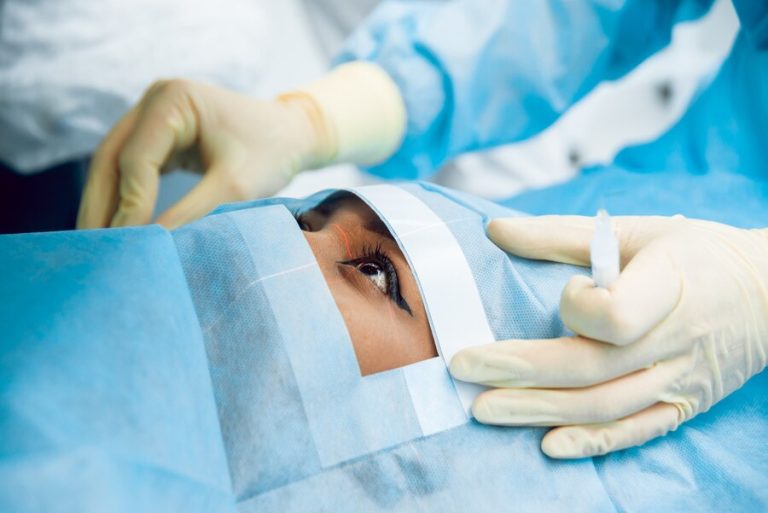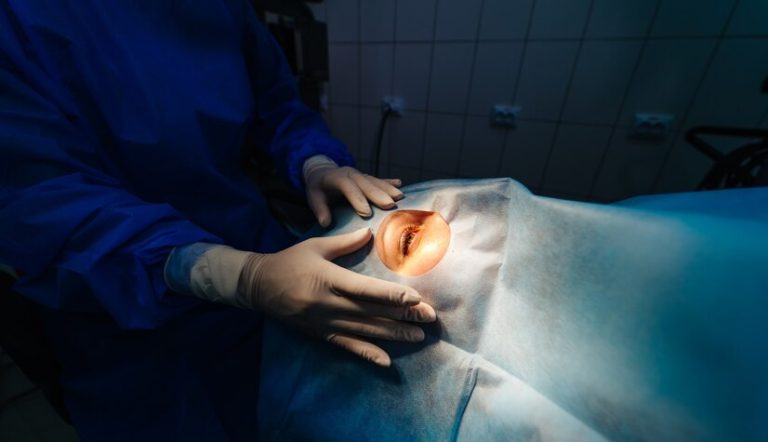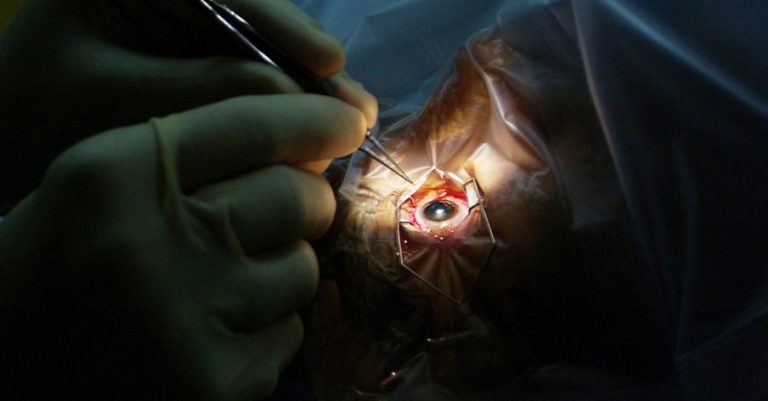Advances In Technology: Enhancing Repair Procedures For Previous Eye Surgery
The field of ophthalmology has witnessed remarkable advancements in technology, revolutionizing the way eye conditions are diagnosed and treated. With the advent of innovative techniques and cutting-edge equipment, ophthalmic surgeons now have access to a wide array of tools to enhance repair procedures for patients who have undergone previous eye surgery. In this article, we’ll explore the latest advances in technology that are transforming the landscape of eye surgery repair, offering new hope and improved outcomes for individuals with complex ophthalmic conditions.
High-Resolution Imaging Systems:
One of the most significant advancements in ophthalmic technology is the development of high-resolution imaging systems that provide detailed visualization of the eye’s internal structures. Optical coherence tomography (OCT) and confocal microscopy are two imaging modalities that offer unparalleled clarity and precision, allowing surgeons to assess the integrity of tissues, identify abnormalities, and plan targeted repair procedures with greater accuracy.
Femtosecond Laser Technology:
Femtosecond laser technology has revolutionized various aspects of ophthalmic surgery, including cataract surgery and corneal transplantation. In the context of repair procedures for previous eye surgery, femtosecond lasers offer precise and controlled tissue manipulation, enabling surgeons to perform delicate maneuvers with minimal trauma to surrounding structures. Femtosecond laser-assisted techniques are particularly beneficial for addressing complications such as corneal scarring, irregular astigmatism, and flap complications following LASIK surgery.
Customized Surgical Planning:
Advances in computer-assisted planning software and intraoperative imaging have facilitated the development of customized surgical approaches tailored to each patient’s unique anatomy and pathology. By integrating preoperative imaging data with real-time intraoperative feedback, surgeons can create personalized treatment plans and adjust surgical parameters in real time to optimize outcomes and minimize the risk of complications in repair procedures for previous eye surgery.
Biocompatible Materials and Implants:
The introduction of biocompatible materials and implants has expanded the armamentarium of options available for repairing complications of previous eye surgery. Novel biomaterials such as amniotic membrane grafts, synthetic corneal substitutes, and bioengineered tissue scaffolds offer enhanced biocompatibility, durability, and tissue integration, providing viable alternatives for reconstructing damaged ocular tissues and restoring visual function in challenging cases.
Minimally Invasive Techniques:
Minimally invasive surgical techniques have gained popularity in ophthalmology due to their ability to reduce surgical trauma, shorten recovery times, and improve patient comfort. Micro-incisional vitrectomy surgery (MIVS), endoscopic-assisted surgery, and transconjunctival sutureless techniques are examples of minimally invasive approaches that are increasingly being utilized for repairing complications of previous eye surgery, including retinal detachment, vitreous hemorrhage, and corneal decompensation.
Advanced Biomedical Engineering:
The field of biomedical engineering has contributed significantly to the development of innovative devices and instruments designed specifically for ophthalmic surgery. From microsurgical instruments with improved ergonomics and maneuverability to robotic-assisted platforms for precise tissue manipulation, these technological advancements empower surgeons to perform complex repair procedures with greater dexterity, efficiency, and safety.
Enhanced Visualization Systems:
Visualization plays a crucial role in the success of ophthalmic surgery, and recent advancements in imaging technology have led to the development of enhanced visualization systems that provide surgeons with real-time feedback and improved depth perception during procedures. Heads-up display systems, augmented reality platforms, and virtual reality simulation tools enhance spatial awareness and facilitate more accurate intraoperative decision-making, particularly in challenging cases requiring revision surgery or complex tissue reconstruction.
Conclusion
Advances in technology have transformed the landscape of eye surgery repair, offering new opportunities for improving outcomes and enhancing patient care. From high-resolution imaging systems and femtosecond laser technology to customized surgical planning and minimally invasive techniques, these innovations empower ophthalmic surgeons to address complications of previous eye surgery with greater precision, efficiency, and safety. As technology continues to evolve, the future holds promise for further advancements that will revolutionize the field of ophthalmology and benefit patients worldwide.
For any further queries, Plz visit drvivekgarg.in

